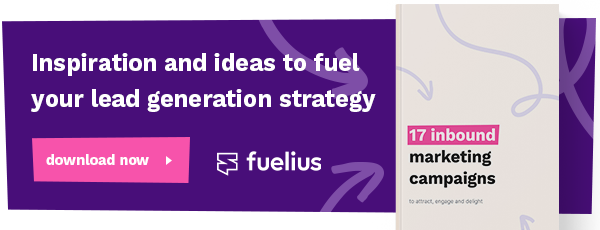
Inbound marketing and SEO are both extremely important aspects of marketing, needed to increase leads, sales and provide value to the customer. Search engine optimisation uses keywords to increase the visibility of a website, whereas inbound marketing generates opportunities without interrupting customers at the wrong point.
Both of these strategies intertwine with each other with content holding them together. You can not perfectly complete one without the other. To increase traffic, SEO is needed, however to then generate leads, inbound marketing is needed.
What is SEO?
Now SEO stands for search engine optimisation. It is important to utilise this to increase how much traffic comes to your website and the quality of this traffic. This is done by increasing its visibility when people search for goods or services related to your brand on different search engines. The more visibility each of your pages have, the more likely it is that attention and attraction will be gained from prospects. Search engine optimisation includes:
- Completing keyword research to understand what your target audience is searching for.
- Adjusting keywords linking to your site to match chosen topics that people are searching for.
- Optimising your website with keywords.
- Create new content that is optimised with keywords.
- Monitor and adapt your website depending on performance over time.
SEO is used to improve organic search rankings, unlike paid search ads you can not pay to improve these rankings, so the outcomes are entirely reliant on SEO experts.
What is inbound marketing?
Inbound marketing is an approach that is strategic in creating relevant and valuable content to meet the needs of your target audience to help create loyal and long-lasting customer relationships.
When content meets the users' needs, positive preferences will develop naturally and this can be reinforced with an appropriate call to action(s) and paid search. Inbound is all about creating a solution to your customer's issues and targeting them at the right time during the stages of the user journey. These help you to:
Attract: attract visitors to your site whilst they are looking into their problem.
Engage: engaging the prospect to offer a solution to their problem.
Delight: offering customers assistance and providing any support relating to their purchases.
There are several different types of inbound marketing strategies and the type of content may vary depending on which lifecycle stage they are at, these include:
- Blogs
- Infographics
- Social media
- E-books
- Webinars
- News articles
How do SEO and inbound marketing work together and how do they differ?
SEO is technically part of inbound marketing, without one or the other, not as many qualified leads will be generated and your business will not grow.
Despite SEO and inbound being different aspects of marketing, content is where they intertwine. Inbound marketing is used to generate qualified leads through content and SEO is used to boost this strategy by ensuring the content goes to the right person at the right time. Content is what holds the two strategies together and can help to produce the best results possible, as well as get leads.
Many marketers believe that focusing solely on SEO can increase traffic to a website, however without good content that attracts, engages and delights, there will be little return. Content fuels the entire user journey from the initial touchpoint, right through to the sale and then even to building a relationship with the customer once the purchase is complete, this is how to create loyal and returning customers. Inbound marketing adds to a successfully optimised website with high-quality visibility using SEO in order to boost business success.
Both SEO and inbound marketing are extremely important aspects to any business. What the businesses' goals are may influence which they may rely more on, whether that be driving traffic to a site or generating leads. However, both are extremely useful to incorporate and a good balance of both will in turn help to reach your goals.





